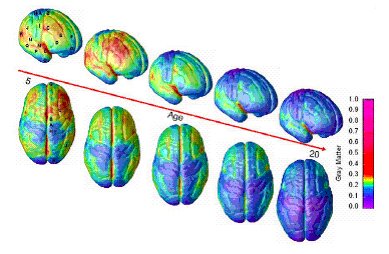

Notably, littermates either left undisturbed in their home cage (naive group) or placed on a grid and immediately exposed to a footshock (shock-only group) never showed significant avoidance latency beyond that induced by the initial acquisition, excluding the possibility that the reinstatement following the reminder shock was the result of nonspecific responses. When rats were tested in a different context (Context B), they showed no avoidance, indicating that the reinstated memory was specific for the training context, rather than the result of context generalization. This protocol reinstated a robust and long-lasting IA memory. Bottom, Rats trained at PN17 received a footshock in a different context (reminder shock) 2 d after the contextual reminder (Test 2). This protocol did not elicit any significant avoidance beyond that induced by the initial acquisition, and thus did not reinstate the latent infantile memory. Top, Rats trained at PN17 were given contextual reminders (Test) repeatedly in other words, the rats were re-exposed to the context in which the original experience took place. Memory retention is expressed as mean latency ± SEM. Experimental schedule is shown above each panel. Latent infantile memories can be reinstated later in life following reminders. The latency score is used as a behavioral readout of the memory of the context that was previously associated with experiencing a footshock. Under normal conditions, the animals develop a significant avoidance of the compartment that was previously associated with the footshock. During testing, the rat is placed back into the lit compartment, and the time the animal takes (latency) to enter the dark compartment is measured (test). A few seconds later, the rat is returned to the home cage. Upon entering, the door is closed, and a mild electric footshock is delivered from the grid floor. The time the rat takes to enter the dark compartment is taken as acquisition latency. Because of their exploratory drive and nocturnal nature, the rats quickly enter the dark compartment. After 10 s, the door separating the compartments is automatically opened, allowing the rat access to the dark (shock) compartment. During the training session, the rat is placed in the lit (safe) compartment of a two-chamber apparatus. Schematic representation of the IA task used in our studies.
Infantile amnesia how to#
We propose that infantile amnesia reflects a developmental critical period during which the learning system is learning how to learn and remember.Ĭopyright © 2017 the authors 0270-6483-13$15.00/0.

Here, with a particular focus on the hippocampal memory system, we review the literature and discuss new evidence obtained in rats that illuminates the paradox of infantile amnesia. It remains unclear how a brain that rapidly forgets, or is not yet able to form long-term memories, can exert such a long-lasting and important influence. Although early memories are inaccessible to adults, early-life events, such as neglect or aversive experiences, can greatly impact adult behavior and may predispose individuals to various psychopathologies. It has been suggested that infantile amnesia is due to the underdevelopment of the infant brain, which would preclude memory consolidation, or to deficits in memory retrieval. Infantile amnesia, the inability of adults to recollect early episodic memories, is associated with the rapid forgetting that occurs in childhood.


 0 kommentar(er)
0 kommentar(er)
